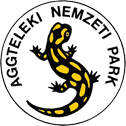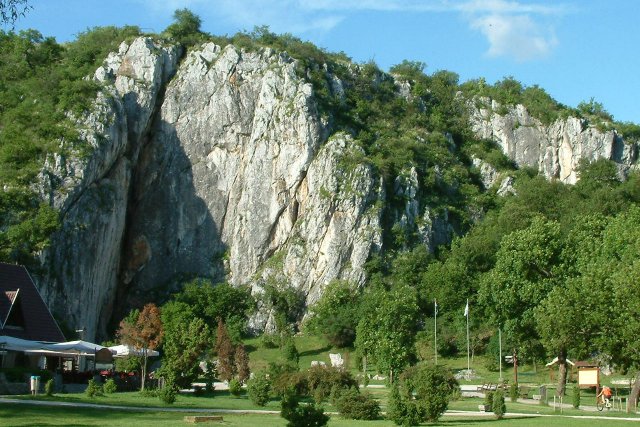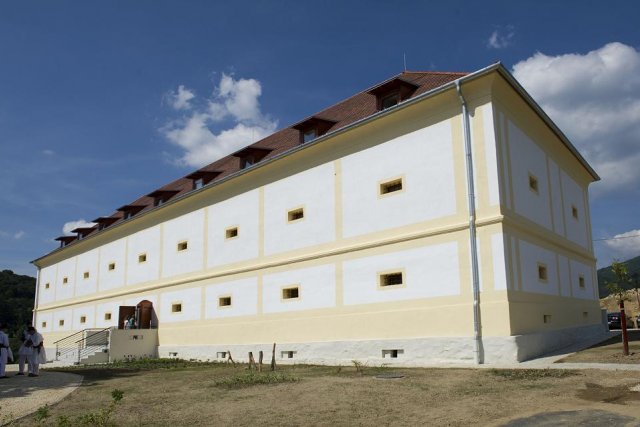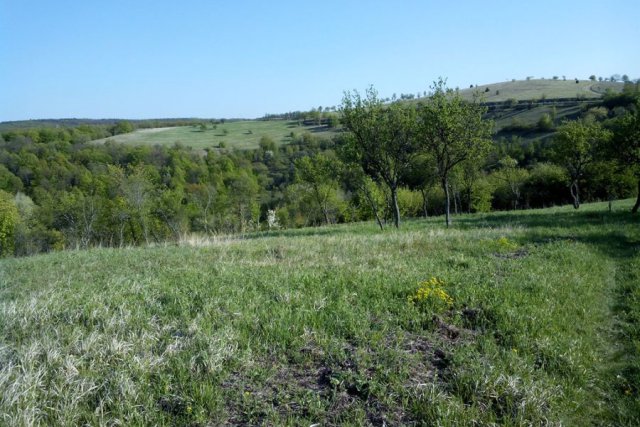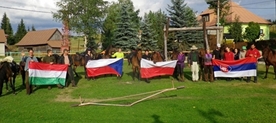
500 km on Horseback: An International Journey by Hucul*
Travel Diary
Part I.

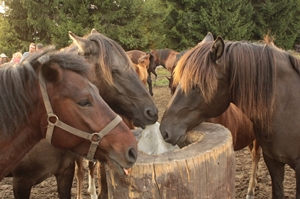
Summary
On August 27, 2013 an international group of riders from Aggtelek National Park’s Hucul Stud Farm and Riding Centre, Slovensky Hucul Klub (Slovakia), Stadnina Koni Huculskich „Gladyszów” Sp. Z o.o. w Regietowie (Poland), and the Cseh Farma Hucul s.r.o. (Czech Republic) set off on a 500km/310 mile cross-border journey on horseback. Along the way, other hucul enthusiasts joined the party for short stretches. The trip had a number of objectives, not the least of which was to celebrate the 20th anniversary of the Polish Gladyszów Centre on September 14th. However, the primary aim of the journey was to prove that the Carpathian hucul breed’s ability to negotiate difficult terrain over long distances is unparalleled. Moreover, the adventure would help serve to popularize the hucul horse, its use and preservation. Our goals were achieved beyond expectations.
This is the story of their extraordinary adventure.
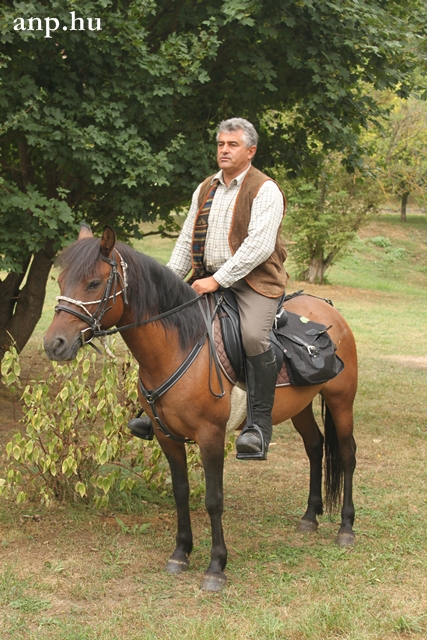 September 27. (Tue.)
September 27. (Tue.)The first day of the journey. This is always the best part - when the participants are gathering and preparing for departure, full of excitement, wanderlust, and a hankering to be off and eat up some kilometres. Perhaps the only thing better is that happy exhausted feeling at the end of the trip and the feeling of accomplishment – but let’s not get ahead of ourselves.
The riders from Aggtelek National Park congregated at 8am in Jósvafő and made their way to the village of Aggtelek where the rest of the party waited. The first to arrive were the Poles, then the Czechs and the Slovaks. Everyone had a good breakfast together, got to know one another a little better, and tried to calm their nerves before the adventure began. Technical aspects such as the order of riders, pace and other details were also worked out as well as possible. Even before our departure we became “media stars” and gladly gave several interviews about the project and its goals. The church bells tolled noon before everything and everyone was finally prepared and the group of 15 riders were able to set off....well, perhaps not yet...Assembled before the entrance to the famous Baradla Cave, the group posed for just a few photos (1253!). The participants were more than ready when they finally heard the magic word, “Giddyup!” and pointed themselves south-west.
Due to the excessive loads on the first day, we paused every hour to adjust the harnesses until the horses got used to the situation. This strategy worked out well, and we made our first stop of the afternoon in the village of Kelemér. Here, we ate lunch at Aggtelek National Park’s Peat Bog House. After this short break, and a couple more interviews, we headed off again to try to make it to our first night’s accommodation on time.
Passing by the Small and Big Mossy Lakes, we followed the blue blazes of the National Blue Route Hiking Trail in the direction of Putnok. Anyone who has ever been this way on foot knows what an amazing section of the trail this is. If you have not been here yet, we hope one day that the wind will blue you in this direction so that you too can experience the beauty of these forests and lakes.
The spectacular natural scenery was a marked contrast to the clatter of hoofs on the asphalt roads when we entered the town of Putnok. Our arrival caused a bit of a stir in the urban environment. We did not linger, and soon crossed a bridge over the Sajó River out of town towards Sajómercse and our campground for the evening.
We arrived around 20:00 in Sajómercse where our host and soon to be fellow traveller Benedek Gál awaited us with a very welcome hot meal. After stabling the horses for the night, we enjoyed the rest and discussed the first day’s travels until late in the evening.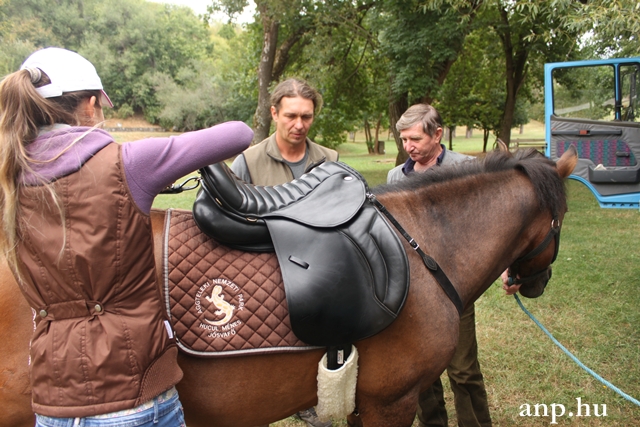

September 28. (Wed.)
The next morning, departure went more like military precision, or...maybe not quite. Awake by 7:00, breakfast at 8:00, and after packing and the welcome TV interview, we set off at 10:30 with our newest companion Benedek Gál in the lead. For Hungary’s lead rider, Ranger Imre Mihalik, this was not an issue. However, his fabulous horse Csillag (Star), whose nickname is “Dragon,” is the kind of lead mare that resented the change in riding order. She was not eager to allow other horses in front of her. After bearing with the change for a couple hours, she was visibly glad to reclaim her leadership spot. We laughed about the mare’s inability to adapt to changes in her world, but then again, we thought, this is only the second day. The question surely crossed the minds of others if Csillag would be willing to relinquish her lead on future occasions? Well, for now, it was not a major question to dwell on. Fate would decide...
Following lunch in Sajópüspükin, we said our goodbyes and crossed the border into Slovakia. From here, Milan Gonda took the lead, and navigated us northwest along the banks of the Rima River. This trail had been established since the time of the medieval Hungarian hussars (calvary) from the town of Ózd. Even so, we had to verify the route by telephone once or twice. During that first afternoon in Slovakia we passed by a number of dilapidated and ruined manors and abandoned buildings. The unusual atmosphere, burdened as it was with images of the orphaned past, was also beautiful in its own way.
After a long, strenuous day, the first night in Slovakia was spent in Rimajánoson (Rimavské Janovce) in a football field locker room. The horses of course were accommodated in the field. We got ourselves together the next morning, and like a football team, we headed out to our next match.
 September 29. (Th.)
September 29. (Th.)
The road to Kokava, our next stop, led through the centre of Rimaszombat, where we mimicked the refuelling ritual at a roadside petrol station. By this time we had already taken something to the tune of 7736 photos! The horses had no problems with the busy streets or unfamiliar objects and obstacles. We picked up the forest path again on the left bank of the Rima River. However, after some time, the valley narrowed so much that we were forced to proceed along some railroad tracks. Neither we nor the horses were particularly pleased with this turn of events, especially since we did not know the train schedule. Eventually, we tried crossing the Rima to try the right hand bank. However, that was not as easy as it seemed either. Success in fording the river also had its downside, specifically; we were back on tarmac for awhile. We met one of Milan’s friends along the road and he invited us in for a much needed coffee break.
You would never call it a real trip without a bit of rain, and the raincoats came out the saddle bags on Day 3. Our journey was accompanied by abundant heavenly blessings. We finally arrived at our evening rest stop in Kokava. On this wet and overcast day, it was a little ray of light when we learned we had dry accommodation in a local tourist hostel. The horses bedded about 2km away at a dairy farm in open mobile stalls by the river. In solidarity with the horses, rider Bence Hudák and driver István Bodnár spent the night in the horse transport.
In our hearts, we believed that we could have made better time. But, that is the way it goes. The weather report promised better weather the next day...
To be continued: sections of the travel diary will be uploaded to the website as time and capacity permits. We hope that you will enjoy reading further about the 500km international adventure on horseback.
Based on the travel diaries of: Imre Mihalik and Tamás Kondrát (Aggtelek National Park) and summarized by Marianna Marosi and Edina Mráz.
* Genetically, huculs are the breed closest to those horses used by the tribes (Avars, Székelys, etc.) which inhabited the Carpathian Basin before the Hungarian Conquest in the 9th century.
